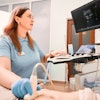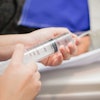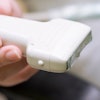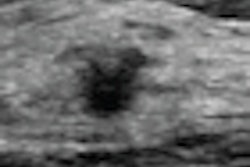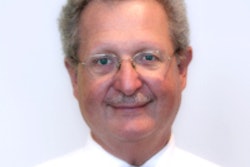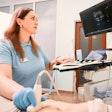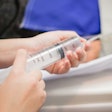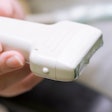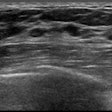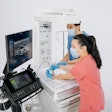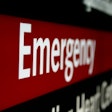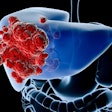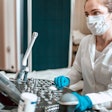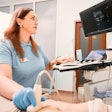Performing screening breast ultrasound after mammography on women with greater than 50% breast density can detect an additional 3.4 cancers or high-risk lesions per 1,000 women screened, according to a large study presented this week at the American Roentgen Ray Society (ARRS) meeting in Washington, DC.
In a two-year study conducted in conjunction with seven Connecticut radiology practices, 67 cancers were found among the 19,745 women with dense breasts and normal mammograms, according to lead author Dr. Sarah Steenbergen, now of Yale University in New Haven, CT. That detection rate is just under that achieved by screening mammography alone in women with less-dense breasts.
In other findings, Steenbergen said that there was a learning curve with screening breast ultrasound. Sensitivity increased from 96.6% in the first year to 100% in the second year, while specificity climbed from 94% to 96%.
The researchers anticipate that physicians will be even better able to differentiate benign from malignant lesions as the number of screening breast ultrasound exams increase, she said in a statement.
The study was performed to measure the outcome of recent legislation in Connecticut mandating reporting of breast density on mammograms and recommending follow-up screening ultrasound for women with greater than 50% breast density.
